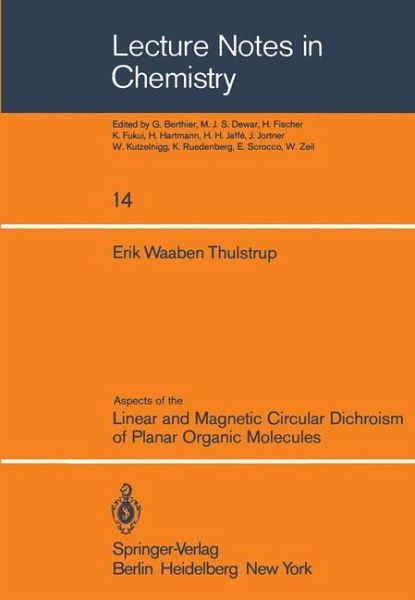
Aspects of the Linear and Magnetic Circular Dichroism of Planar Organic Molecules

PAYBACK Punkte
20 °P sammeln!
Aspects of the Linear and Magnetic Circular Dichroism of Planar Organic Molecules


Rechnungen
Bestellstatus
Retourenschein
Storno